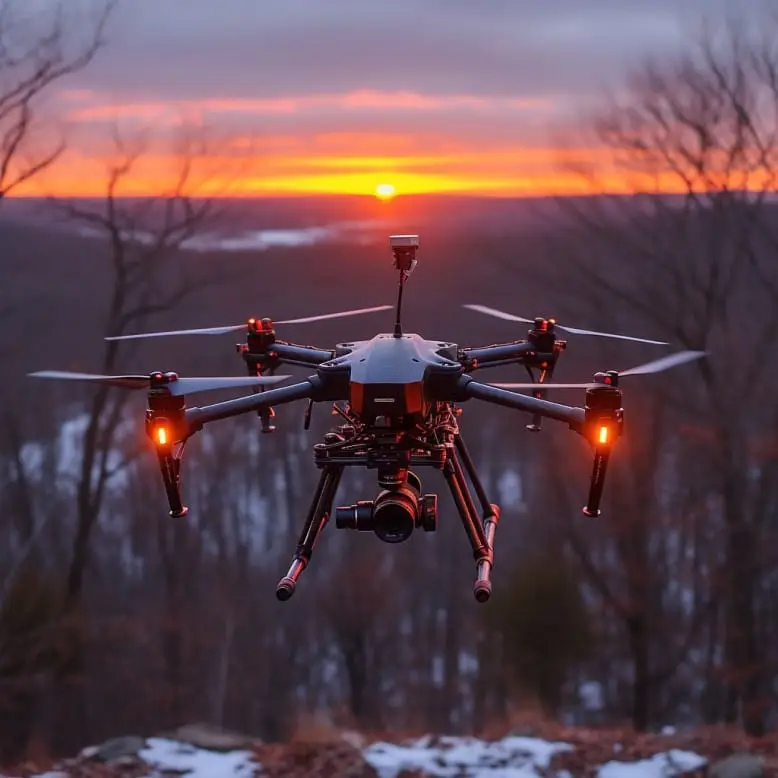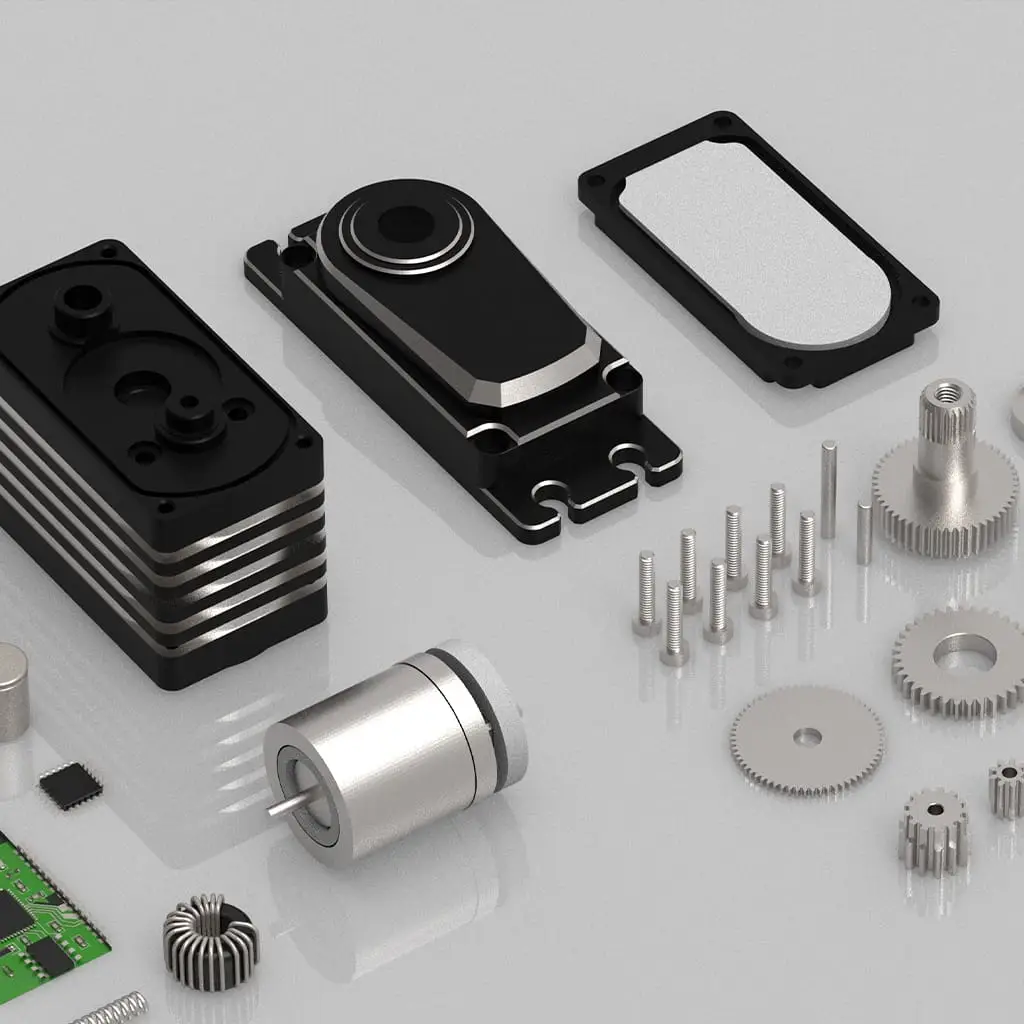1. Revolutionary Breakthroughs in Collaborative Robots
The demand for human-machine collaboration in modern manufacturing continues to grow. A case study from an automotive parts factory demonstrated that after adopting servo-driven collaborative robots, assembly line efficiency improved by 35%, while workplace accidents decreased by 90%. These robots are equipped with torque sensors and intelligent servo systems, enabling real-time force detection and adjustment. For instance, in precision electronics assembly, servo systems can precisely control the end-effector’s force to prevent damage to delicate circuit boards.
The latest generation of collaborative robots features modular servo joint designs, integrating motors, reducers, encoders, and controllers into a single unit, significantly simplifying installation and maintenance. Data from an electronics contract manufacturer showed that this design reduced robot deployment time by 70% and greatly enhanced production line reconfiguration efficiency.
2. Precision Advancements in 3D Printing Technology
Industrial-grade 3D printers demand extremely high motion control accuracy. A leading aerospace company’s metal 3D printer, equipped with a linear servo system, achieved a printing accuracy of ±0.02mm, fully meeting the stringent requirements for manufacturing aircraft engine components. The servo system can also dynamically adjust motion parameters based on material properties—for example, automatically reducing speed when printing titanium alloys to ensure optimal quality.
In the biomedical field, servo-driven bioprinters enable precise cell deposition. A medical research institute developed a skin printer that, with high-precision servo control, achieved cellular positioning accuracy at the 10μm level, opening new possibilities for tissue engineering.
3. Intelligent Adaptive Machining Systems
The greatest challenge for flexible production lines is quickly adapting to varying product processing requirements. A machine tool manufacturer developed an intelligent machining center featuring a servo-driven quick-change fixture system that completes tooling swaps in just 5 seconds. This system utilizes force-controlled servo technology to automatically identify workpieces and adjust clamping force.
More advanced adaptive machining systems can also compensate for processing errors in real time. Data from a precision mold manufacturer revealed that after implementing a servo-driven in-process measurement and compensation system, machining accuracy improved by 40%, while the scrap rate dropped by 75%. The system automatically measures critical dimensions during machining and adjusts tool paths via the servo system in real time.
4. Digital Twins and Predictive Maintenance
Modern servo systems are equipped with comprehensive sensor networks. A semiconductor equipment manufacturer built a complete digital twin model by collecting data on servo motor current, temperature, and vibration. Practical results showed that this model could predict bearing failures up to 72 hours in advance, preventing unplanned downtime losses.
Smarter systems can even self-optimize operating parameters. A packaging machinery manufacturer’s servo system learned optimal motion curves for different operating conditions. After three months of operation, the equipment’s energy consumption decreased by 15%, while speed increased by 10%.
5. The Future Trend: Modular Production Lines
Servo-driven modular production units are transforming traditional production line layouts. A home appliance manufacturer adopting this design reduced new product introduction time from three months to just two weeks. Each production unit is equipped with an independent servo system, enabling rapid configuration via industrial Ethernet.
In customized production, this flexibility proves even more valuable. A furniture customization company reported that after implementing modular servo systems, it achieved fully personalized production for each unique product while maintaining mass-production efficiency.
Conclusion and Outlook
Over the next five years, with advancements in 5G and edge computing, servo systems will reach new levels of intelligence. By 2028, over 90% of industrial robots are expected to adopt smart servo drives, forming truly adaptive production systems. Particularly in high-end manufacturing sectors like medical devices and precision electronics, servo technology will drive the industry toward complete flexibility.

